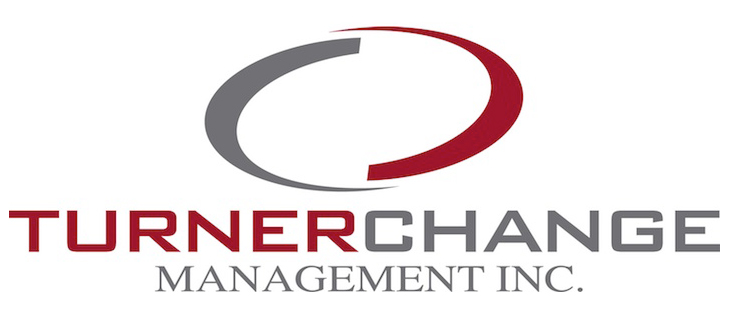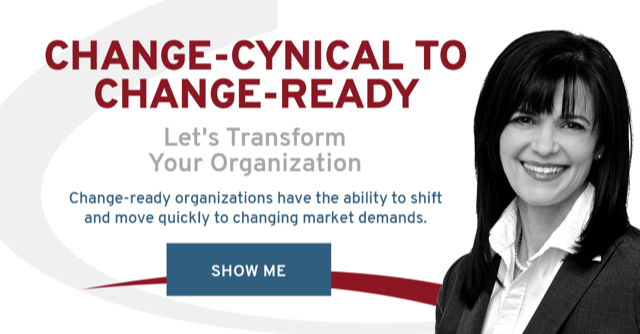Every leader knows the importance of the bottom line when it comes to the financial viability of their organization. You can feel the influence of your organization’s financial bottom line in every aspect of decision-making. The actions you take and the ones you don’t determine your future success.
It’s similar with organizational change. Regardless of its size, every organizational change needs an intended outcome story – that’s your change bottom line. In his book “Thinking for a Change,” John Maxwell states, “if you are only thinking about your bottom line as financial, you may be missing opportunities critical to your organization.”
The Outcome Story
Your intended outcome story is a clear, concrete, and concise description of what the people will experience when they and the organization have adopted the new activities.
When I initially raise the idea of an outcome story, many leaders think of a vision statement. But your intended outcome story is more than a list of goals or bullet items. To enable change, you need a compelling story that allows people to see, touch and connect with the new environment intellectually and emotionally. It is only when that happens that we can begin letting go and moving toward something new.
Outcome Story Illuminates the Path to Sustainable Change
The intended outcome is a critical first step for enabling healthy and sustainable change. That’s because, like your financial bottom line influences operational decisions, your intended outcome story becomes the beacon for guiding your change efforts. The outcome story points everyone in the right direction.
 Documenting and communicating a clearly stated, detailed intended outcome puts the goal of the change in focus for the organization and the individuals affected. Everything you do or don’t do to support people to move through the transition can be guided by your intended outcome story.
Documenting and communicating a clearly stated, detailed intended outcome puts the goal of the change in focus for the organization and the individuals affected. Everything you do or don’t do to support people to move through the transition can be guided by your intended outcome story.
Beyond planning and guiding your decision-making, the intended outcome story also helps maintain momentum when people enter the “guts of the change.” One team was struggling to get through a challenging period of a complex change. They had begun to have doubts and question the need and goals of the change. Because they had created and connected with the intended outcome story, they used it to re-evaluate their progress and build momentum for the next phase.
Creating an Intended Outcome Story
Creating a helpful intended outcome story takes time, but not so much time you feel paralyzed to move forward. The time needed will depend on the size and complexity of the transition for the change-recipients.
You also don’t need to have all the answers. The first step to creating your intended outcome story is conversation. Engaging people in the conversations to explore what the new environment will look and feel like. Here are three questions to get you started:
- When your organization has successfully completed the transition, what will be different about how people do their work?
- When your organization has successfully completed the transition, what new knowledge and skills will people demonstrate?
- When your organization has successfully completed the transition, what will your customers/clients say about the organization?
Taking the Next Step
An intended outcome is a powerful tool that will help you enable healthy and sustainable change. Creating your intended outcome story at the beginning of your change effort and enabling the conversations to allow people to explore and connect meaningfully with it will dramatically affect your organization’s ability to develop healthy and sustainable change.
As John Maxwell said, “if you want to be successful tomorrow, you need to think intended outcome today.”
To discover more about how to create a compelling and valuable intended outcome story to support your organizational change efforts? Let’s have a conversation.
This blog post was originally published as an article in 2012



